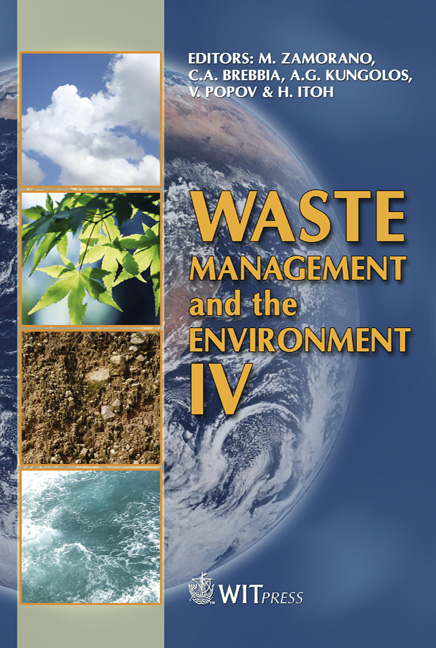Low Temperature Soot Oxidation Via The Melting Process Of Alkaline Salts
Price
Free (open access)
Transaction
Volume
109
Pages
10
Page Range
847 - 856
Published
2008
Size
3,926 kb
Paper DOI
10.2495/WM080861
Copyright
WIT Press
Author(s)
D. Hirabayashi, H. Hashikawa & K. Suzuki
Abstract
We investigated low temperature soot oxidation mechanisms using several kinds of alkaline salts (LiCO3, LiCl, LiNO3, K2CO3, KCl, KNO3, Na2CO3, NaCl and NaNO3). Soot oxidation activity was evaluated by CO, CO2 formation rate during combustion of a simulated soot through a temperature programmed oxidation experiments under simulated air conditions (O2 concentration = 10 vol%, total gas flow rate = 200 ml min-1, soot = 20mg, γ-alumina powder = 340 mg) by using an FID-GC with methanizer. In the case of soot oxidation without molten salts, the TPO profile showed a single peak for CO, CO2 formation around 770 K. On the other hand, in the case with nitrate-based alkaline salts (LiNO3, KNO3 and NaNO3; 100 mg), a single or a multiple peak consisting of two independent tops were observed in the lower temperature range (450-750 K). Visible observation using an optical microscope revealed the characteristic mechanisms with some liquid phase contributions by melting and fluidization of alkaline salts. These processes could enhance the soot oxidation in low temperature ranges. Findings also proposed that the direct reaction between carbon and nitrate-based alkaline salts which involved into oxidation mechanisms at 450-650 K. Keywords: soot oxidation, alkaline salts, oxidation mechanism. 1 Introduction Soot particles emitted from diesel engines cause increasing attention due to their probable negative impact on the human respiratory system. Therefore, during the past decade, intensified techniques and methods have been made to reduce soot emissions. It is unlikely that it will be possible to meet future particle emission standards without the use of aftertreatment devices such as the diesel particulate
Keywords
soot oxidation, alkaline salts, oxidation mechanism.





